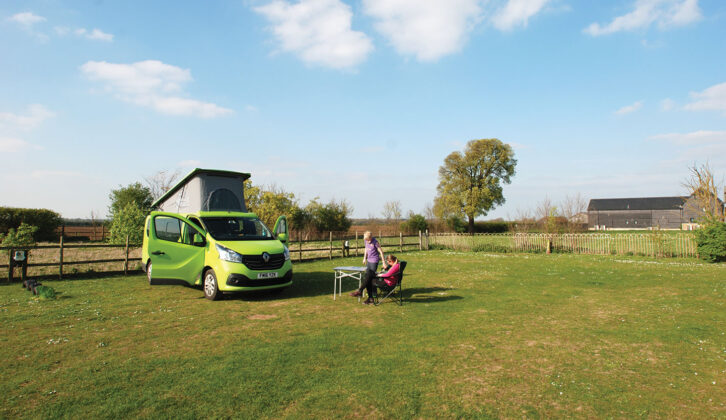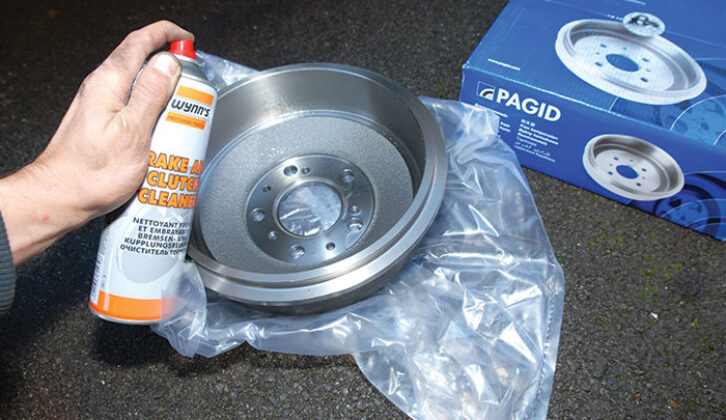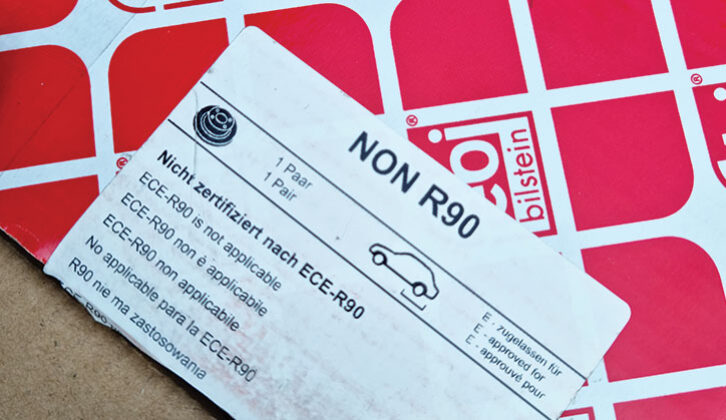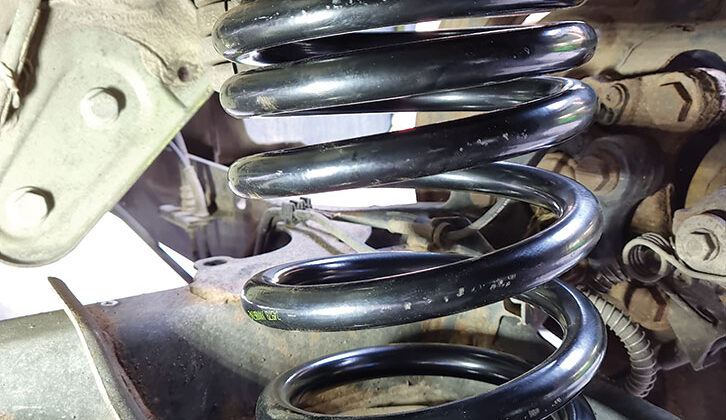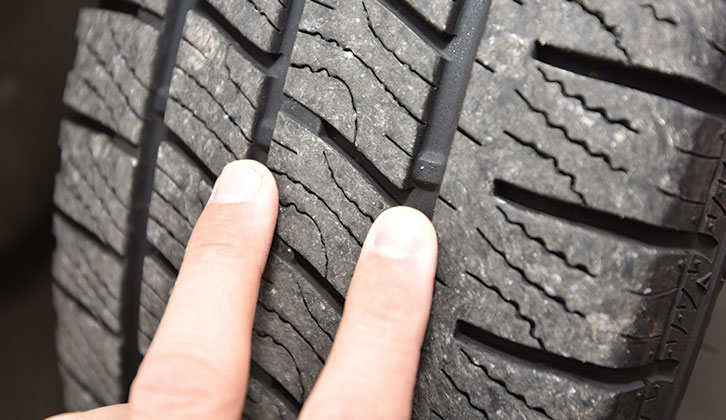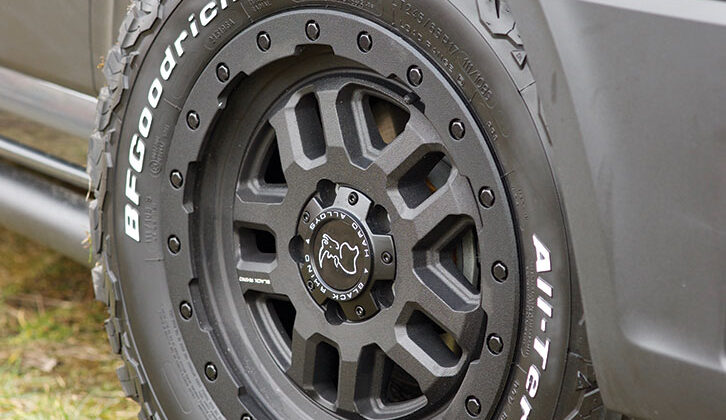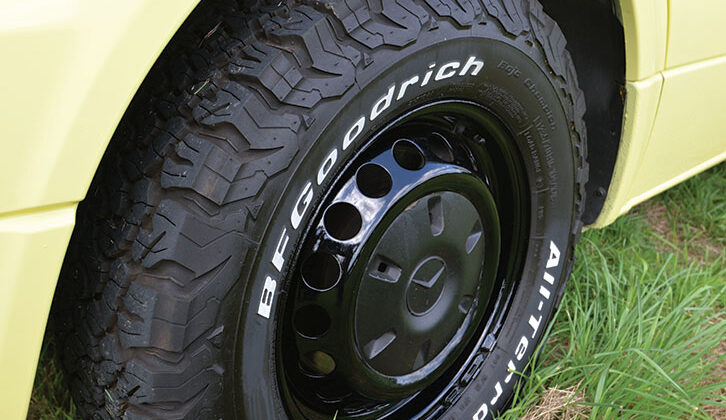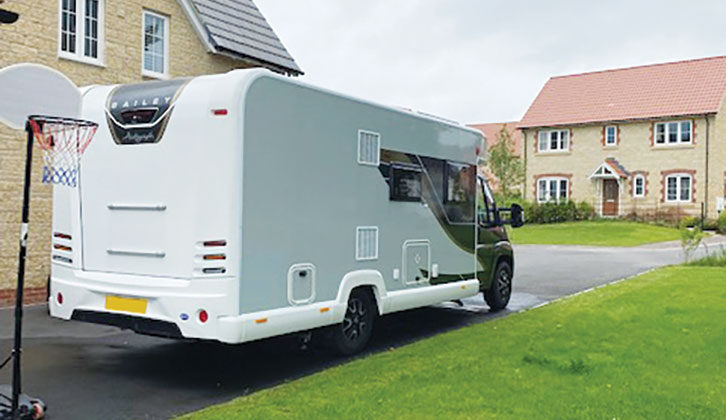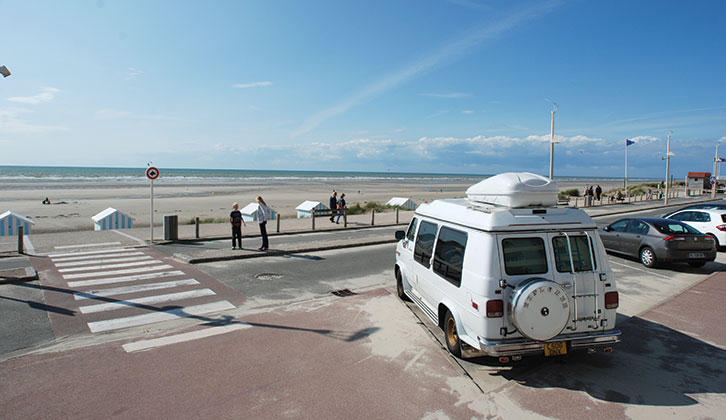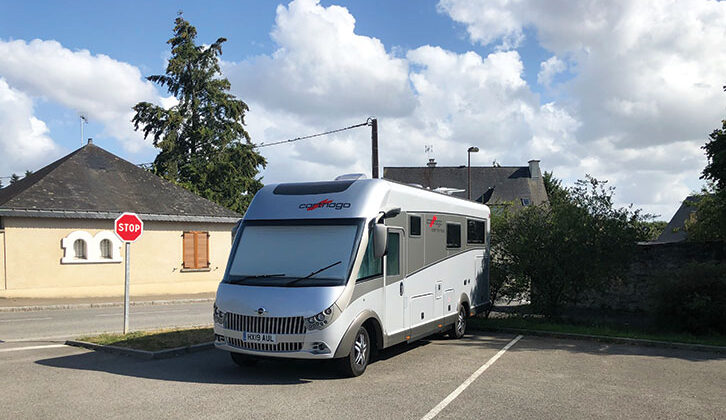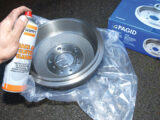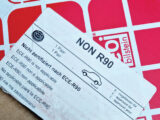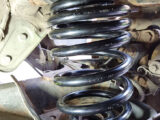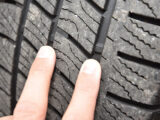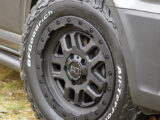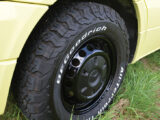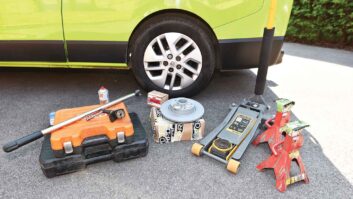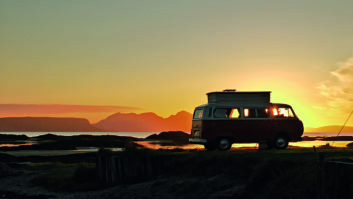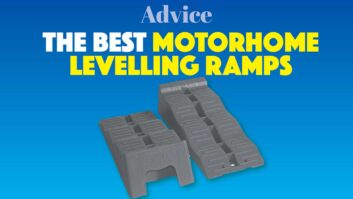Despite the current troubling backdrop of rising energy bills and a cost of living crisis, it is still possible to make savings when you are running a ‘van and start motorhoming on a budget.
And if you haven’t yet bought one, it’s also still possible to bag a bargain. You just need to be a savvy shopper.
Here are our favourite tips for getting the best value out of your touring life.
Bag a bargain motorhome
With continuing supply chain issues thanks to wars, pandemics, Brexit, energy costs, the weakness of the pound and silicon chip shortages (take your pick), buying a motorhome on the new vehicle market has never been more erratic.
Buying one of the best used motorhomes can be a good way to enter the world of motorcaravanning, but the knock-on effect is that prices on the pre-owned market are still going up and are likely to stay that way for some time to come.
Although it’s safest to buy from a dealer, some are still short of stock and struggling to keep up with demand. So prices are high and on the used market, models are in short supply.
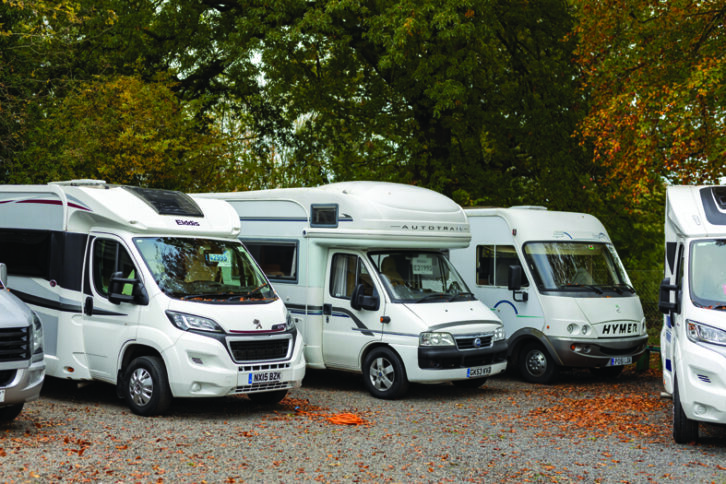
Vehicles that stick on the forecourts are often those with quirky layouts, such as an A-class motorhome with the L-shaped desk and single swivel seat lounge, or coachbuilts fitted with bunks, rather than a fixed double bed.
That’s not to say you won’t find a bargain, new or used, at a dealer, but you will need to look a bit harder – for example, we spotted a new Auto-Trail Expedition 67 priced at £50,000 at the February NEC motorhome show.
There are still bargains to be had in private sales – you just need to be far more cautious and ideally, take along a mechanically minded friend when you view to help remove the risks of buying used. Alternatively, you can pay to have your potential buy independently inspected, which is well worth doing.
The golden rule is, never hand over any money before you’ve physically seen the vehicle, and check the seller has a V5C logbook detailing the address where you’re viewing the ’van.
It’s wise to have an HPI check done on the vehicle to see if it is stolen or damaged, or has outstanding finance remaining, but be aware that this will not flag up a cloned model.
If the vehicle has new numberplates, ask why, and always check all of the VIN numbers on the ’van against the logbook and the HPI record from the DVLA. If any VIN plates are missing, or have numbers that look tampered with or wonky in any way, or you spot fresh rivets, just walk away.
A top tip from the police is to ask to see photos of the motorhome on the private seller’s phone. Paperwork can be forged, but a lack of holiday photos with the motorhome in view
is potentially a large red flag.
Any deal where the seller is trying to get money up front (for example, to ‘hold the vehicle as there’s been so much interest’) or any situation where you feel pressured and fear missing a bargain, is a classic selling tactic to part you from your cash. Don’t fall for it.
If you’re buying the vehicle via social media, make sure you see it in person and never part with money until you’re standing in front of it. Fake listings can be rife on these platforms. Scam sellers are smart and often lift photos and text for genuine vehicles, pricing them carefully. If they were half price, they’d be easy to spot, but they’re often priced just a little cheaper than normal, to make the listing seem believable.
Scare stories aside, you can still find bargains online and the savings can be substantial. A friend recently bought an immaculate 29,000-mile 2017 Ducato with a Weinsberg conversion on it for just over £40,000, with loads of costly options included. New, it would be priced at somewhere around £80,000, so that was a massive saving.
The listings to be wary of are any where the seller is also offering lots of other vehicles, so check carefully and remain vigilant. If in doubt, walk away.
Running costs of a motorhome
If you’re still under the manufacturer warranty for your motorhome, it is wisest to have it serviced at a main dealer (for example, a Fiat Professional centre for a Ducato). They have access to the Technical Service Bulletins from the base vehicle maker and will also be able to use the most sophisticated diagnostic equipment.
However, you don’t actually have to get your ’van serviced there to maintain your full factory warranty, so long as any other garage you use carries out servicing to the manufacturer’s Service Manual and only uses genuine parts.
In practice, this doesn’t save that much, just a bit of the labour cost, and in the event of a warranty problem, it might cause difficulties. So we’d still recommend using the main dealer for the duration of the warranty.
However, there’s no real need to have the vehicle serviced at the main dealer when your warranty has eventually expired.
Typically, a main dealer for Fiat will charge £70-£100 per hour for labour (depending on where you live), while an independent garage can ask for as little as £40 an hour.
Mobile mechanics are also worth considering for basic vehicle servicing, and save you having to visit a dealer at all (they will likely charge you a call-out fee of around £50-£90).
With any independent garage or mobile mechanic, it’s best to work from local recommendations, and to make sure they are properly set up to deal with leisure vehicles.
Get the best economy
The most important factors in any vehicle’s economy are air resistance and the frontal area.
If you’re at the buying stage and you want maximum economy, pick the lowest vehicle you can.
The second biggest factor is your driving style and how you use the ’van. Engine size is less important, but obviously a diesel vehicle will be more frugal than a petrol (we take a closed look at fuel options as we look over whether it’s time to ditch fossil fuel. Drive your motorhome everywhere fully laden, with your foot to the floor, and you can expect dire consumption.
Drive gently and remove anything extraneous from the ’van’s exterior to obtain the best mpg.
Check out our motorhome fuel consumption guide for more tips to maximise your fuel efficiency.
Prices for parts
Once your vehicle is out of warranty, you don’t need to use main dealer parts. Parts and servicing departments are often the most profitable areas for main dealers and you can save yourself an absolute fortune by purchasing OE-quality parts from an alternative supplier. In some cases, you can buy parts that are better than the originals. Good websites to check out include Euro Car Parts, GSF Car Parts or Autodoc, or visit your local motor factor.
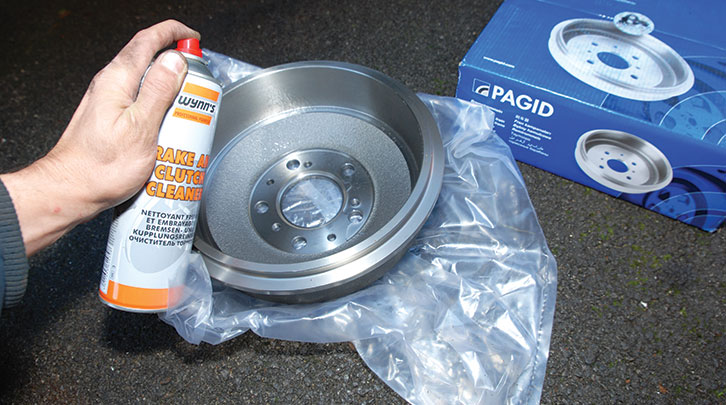
To give you an idea of the savings, a set of front brake discs for my Renault Trafic costs £205 from a main dealer, with the matching front brake pads costing £57. So £262 in total. Euro Car Parts sells Pagid or Brembo front discs of similar quality for £82 each (£164 the pair), with its budget Eicher brand costing just £98 a pair. The OE-quality pads are a similar price, £57, so you can save up to £107 by switching supplier.
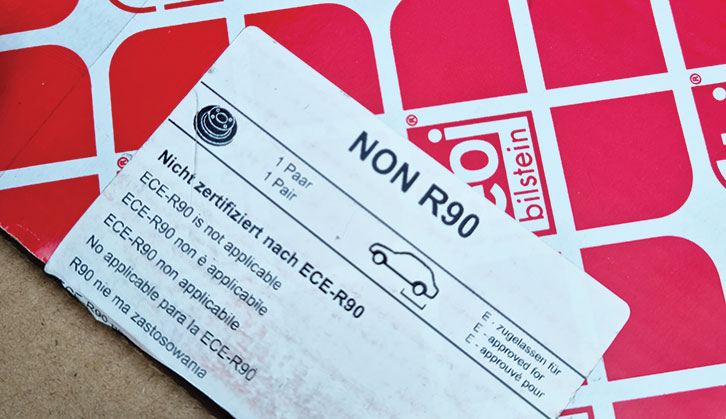
Euro Car Parts has branches across the UK, so there should always be one close to hand if you want to save on delivery costs as well.
German website Autodoc can be incredibly competitive on price, too (although they were better before Brexit), offering Ridex discs from just £35 each and OE-quality Febi Bilstein items from just £47 each. They also have Bosch front pads for £26 a set. So the cheapest option would total £96, plus about £30 carriage; a potential £136 saving.
Firms such as Bosch, Brembo, Jurid, Textar, TRW, ATE and Ferodo supply original equipment to base vehicle makers and these are all excellent brake brands.
Always obtain four different parts price quotes before committing to purchasing anything – from the main dealer, a local motor factor, an online retailer (for example, Euro Car Parts) and from Autodoc.
Your local motor factor will often match the cheapest online price and might well happily swap parts for you if they are incorrect. It’s well worth developing a relationship with your local firm for this reason.
Tyre costs
Don’t just drive to your local garage or main dealer and get them to supply your motorhome tyres. They are rarely the cheapest suppliers and will often have a limited choice or a high mark-up. Or both!
Much better deals are to be found online, from firms such as Camskill, Black Circles and Halfords. It really does pay to shop around. For example, we found that Michelin Agilis 3 tyres varied from £177 (Camskill) to £252 (eBay!). A saving of up to £300.
Remember to factor in the delivery cost, which varies – although it’s not as expensive as you might think, and the cheapest delivery we were quoted was just £13.50 for four tyres.
Online retailers offer a much wider choice of tyres and can either supply them direct to your local tyre centre, or provide a mobile fitter to fit them on your driveway.
The cost of fitting is similar, so I’d always recommend having the work done on your driveway – no sitting around in a dreary waiting room!
We would also recommend sticking to Camping tyres, or at least van tyres of a well-known brand (obviously of the appropriate size, load and speed rating). Tyres that cost half the price of premium products might seem like a bargain, but generally, they will not perform as well over their lifetime, with worse grip in the rain, longer braking distances and faster wear.
If tyres wear out twice as quickly, but cost two-thirds the price of a premium tyre, you’re throwing money away and reducing your safety.
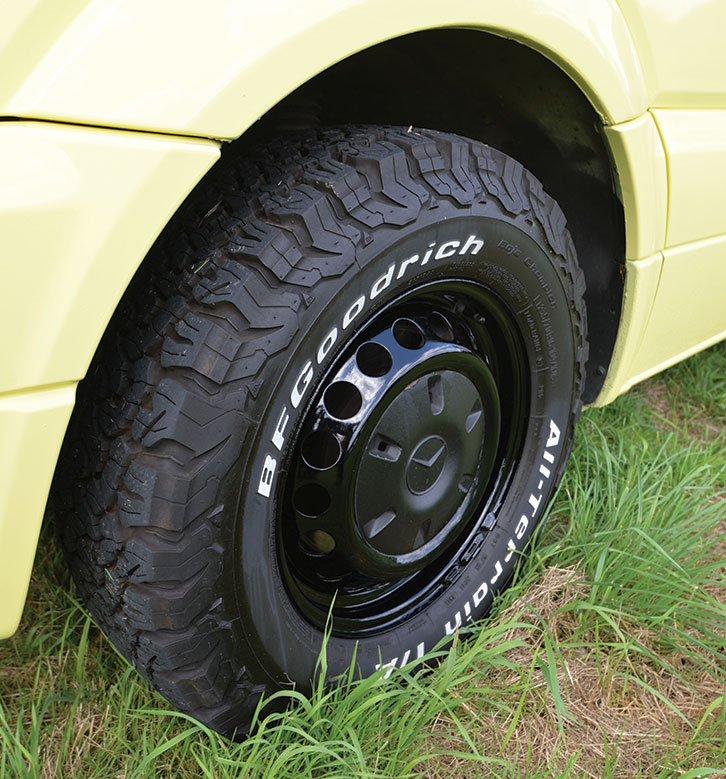
Major brands, such as Michelin and Continental, construct their tyres with different compounds across the tread width, resulting in a highly sophisticated bit of engineering, while cheaply made ‘budget’ tyres will likely last much less time and will never feel pleasant to drive on. Skimp on anything but your tyres.
If you need four new tyres and your wheels are looking a little bit scuffed and in need of smartening up, a good tip is to have your wheels refurbished at the same time. This typically costs from £40 to £80 per wheel (shop around for the best price) and the crucial point here is that it always includes free tyre fitting and balancing. So if you give the wheel refurb firm your tyres, they will, in effect, fit and balance them for free.
It’s also well worth noting that tyres are ‘live priced’ – that is, their cost is continually fluctuating, so it really pays to shop around for a few weeks before you’re actually due for a new set, to track down the best price.
Don’t forget to keep an eye on the motorhome tyre pressure too.
Insurance
A substantial percentage of motorhome owners will simply stick with the same insurance company every year to cover their vehicle.
But this isn’t always a wise move, because it can often pay to be disloyal. Swapping insurance providers used to be a fairly long-winded affair, but these days, it’s a matter of a half-hour phone call and far less complicated.
It’s best to obtain quotes over the phone, because online applications can often skip important details that might cause problems in the event of you having to make a claim.
We’d also always recommend going through a specialist insurer – one that deals with leisure vehicles – because they tend to provide the higher levels of contents cover that
are needed for a motorhome.
To reduce your premium, ensure you have at least one person aged over 50 as a named driver, and that you have the correct level of security system (a tracker is often required for vehicles over a certain value – usually around the £50,000 mark).
If breakdown cover is included in your policy, that can save you quite a bit. Make sure that it applies to your length of vehicle, and also includes repatriation from Europe. Typically, bundled breakdown cover saves you at least £50 over a separate policy.
SORN savvy
If you lay up your vehicle over winter on a driveway or in a storage area, it’s pointless paying out to keep it taxed, so it’s time to be SORN savvy.
Making a SORN (Statutory Off Road Notification) is a simple online process – visit www.gov.uk/make-a-sorn to let the DVLA know your vehicle is going to be off the road.
Ideally, you want to make that SORN at the end of the month and only retax the vehicle at the start of the month (tax it midway through a month and you have to pay back to the start of that month). If you find you need to use your vehicle unexpectedly, this can all be done in minutes online.
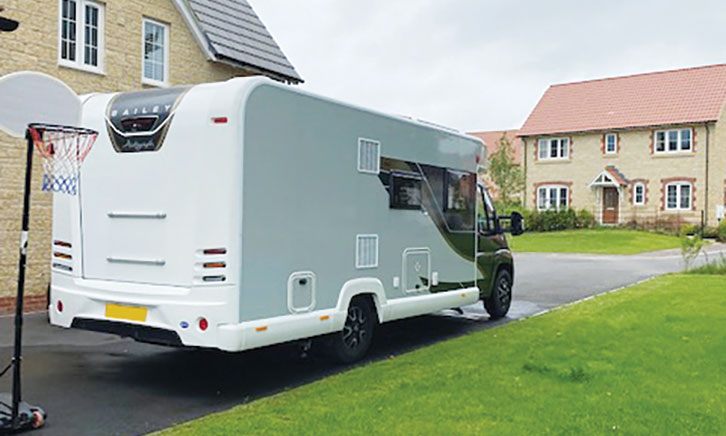
If you’re away on a trip lasting several months and you have another car sitting on your drive, you can SORN that, too. On a typical motorhome, you’ll save £25.80 a month by having it on SORN, so keeping it off the road between, say, November and February will save you over £100. That’s like getting a free turkey for Christmas!
Pitching up
It goes without saying that you should always shop around for the cheapest pitch fee after you’ve chosen your campsite, but if you’re set on staying at a particular motorhome site, there’s little you can do to reduce the fee, other than staying out of season or not having an electric hook-up.
One way you can save money is to stay on Camping and Caravanning Club CSs or Caravan and Motorhome Club CLs. These five-pitch campsites tend to be quiet and minimal, often in rural locations such as farmland, and they can be a much cheaper alternative than the larger mainstream sites. Facilities vary – not all have a toilet block – but there are some gems in the network, at bargain basement prices. Always book on the phone – not all will have a website – and make sure you ask about the firmness of the ground and access if you have a larger vehicle.
For low-cost UK breaks, take a look at a stopover scheme, such as Nightstops, run by Practical Motorhome and the Motor Caravanners’ Club (MCC).
You can save money by staying at the pubs, hotels, farms and businesses that participate in the scheme. And in the case of pubs, if you buy a meal, some will let you stay for free. You don’t need to be a member of the MCC: everyone is welcome.
If you’re planning a French tour, France Passion is a hugely popular scheme. Buy the guide (€33) and you can stay for 24 hours, free of charge, at a range of sites, from vineyards and breweries to châteaux – all manner of venues. We once stayed on an oyster farm that did an absolutely amazing morning coffee!
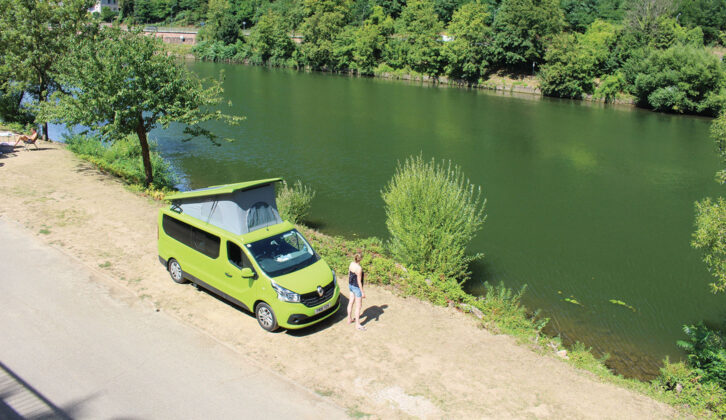
France’s network of aires is also a brilliant and very cheap place to stay if you’re touring over the Channel – we would always recommend avoiding autoroute aires, though, and sticking to those in towns and villages. For more information on where you can stop, take a look at Vicarious Books’ brilliant All the Aires guides, which were actually picked out as the best motorhome accessory at the Practical Motorhome Awards 2023.
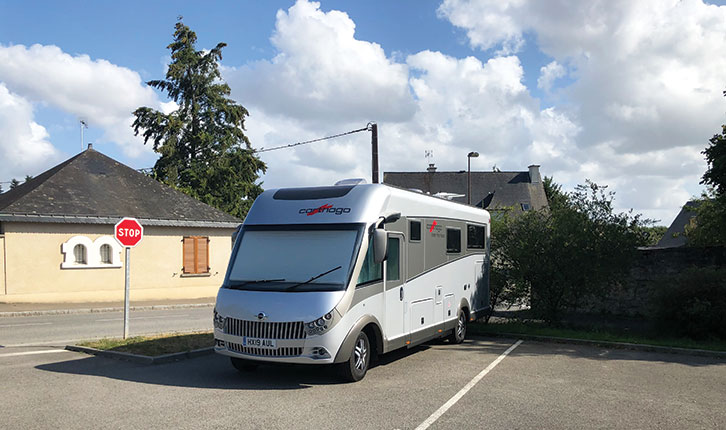
Wild camping is now an increasingly popular activity, but you should be sure that you know the area – and the local bylaws – very well, and always park legally and safely. You might find that quiet layby in France is on the local street racers’ circuit – or worse!
You must also note that, in the UK, wild camping is only legally permitted in Scotland; you should still follow certain guidelines. For more information, see www.visitscotland.com/accommodation/caravan-camping/wild-camping.
Filling the fridge
If you don’t have a Lidl or an Aldi near your home, it will pay to shop around and pick the cheapest supermarket close to where you live – look for the bargain brands, especially on staples such as bread and milk.
The other option – which can save you a little bit of fuel on your journey – is to buy your supplies while you’re on the road (perhaps when you pass a discount store), or when you get to the campsite.
Where possible, buy local produce that hasn’t travelled many miles. Buying local not only saves fuel, but also helps local economies around the sites.
If you’re looking for a chance to buy some bargain accessories too, be sure to check out our Prime Day motorhome deals guide, where we’re sharing our top picks.
Useful links
- Euro Car Parts
- Halfords
- The Camping and Caravanning Club
- Caravan and Motorhome Club
- France Passion
- Vicarious Books
If you’ve enjoyed reading this article, why not get the latest news, reviews and features delivered direct to your door or inbox every month. Take advantage of our brilliant Practical Motorhome magazine SUBSCRIBERS’ OFFER and SIGN UP TO OUR NEWSLETTER for regular weekly updates on all things motorhome related.
